Most Interesting Food Delicacies
Along with do-it-yourself furniture, alcohol, and electronics, the world’s countries are also exporting their most interesting food delicacies.
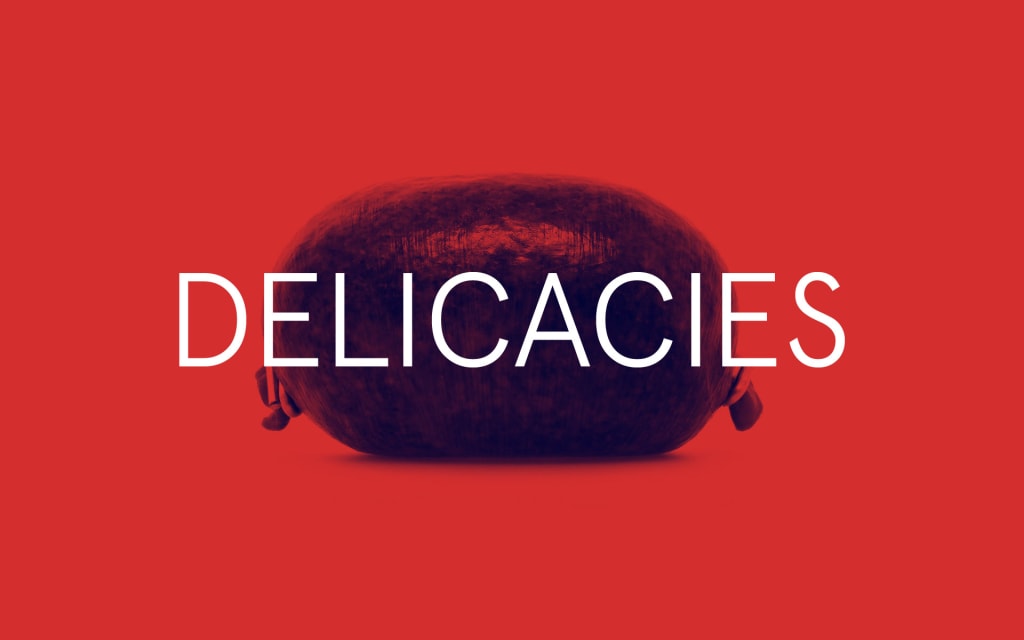
Economic globalization may have its pitfalls, but foodies can at rejoice in the fact that along with inexpensive do-it-yourself furniture, classy alcohols, and cutting-edge electronics, the world’s countries are also exporting the secrets of their most interesting food delicacies. The next time you want to wow party guests with obscure food trivia, or even delight their palates with a nouveau dish, use one of these most interesting food delicacies to cue their awe.
Haggis (Scotland)
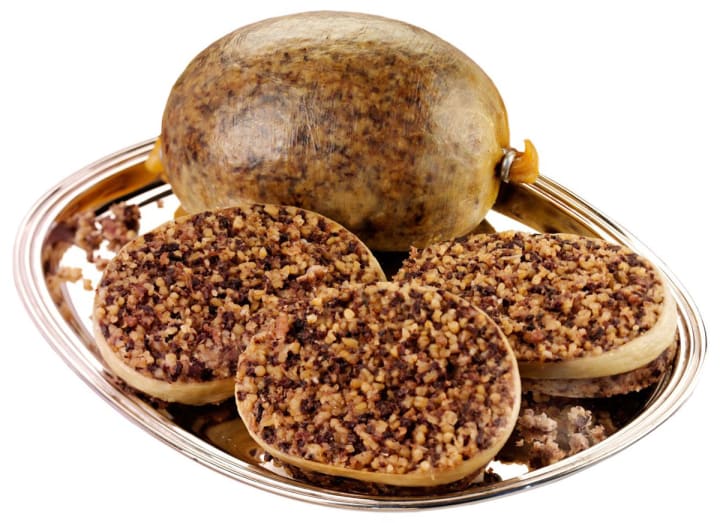
Haggis, Scotland’s national dish, mixes oatmeal, sheep’s heart, sheep’s lung, onions, and spices into a savory pudding. But what makes this dish a most interesting food delicacy is the way it is prepared: the ingredients are combined together, spooned into a sheep’s stomach, then boiled in a pot of water for three hours. The result is a crumbly textured, piping hot mash that is best served with a side of bashed neeps and mashed tatties (mashed beets and mashed potatoes). The dish has been delighting Scottish families since well before the 1700s, and even inspired poet Robert Burns to write down his love of the meal in the poem, “Address to a Haggis.”
Tera Siga (Ethiopia)
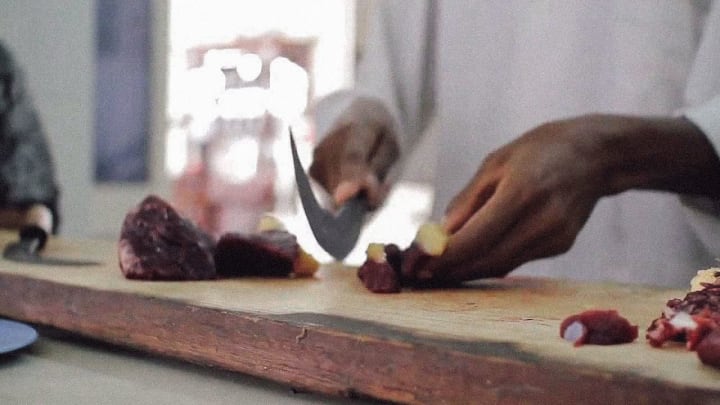
Even the worst cook in the world could manage to prepare a plate of this Ethiopian specialty. The recipe starts with a large strip of raw meat, traditionally grass-fed beef or oxen. Carefully cut the strip into smaller, cubed pieces; the cutting is a ritual called q’wirt from the Amharic word q’warata, to cut. The next step is that there is no next step; dinner is served as tera siga is a raw meat dish. Ethiopians enjoy many forms of tera siga including a version called kitfo where ground beef is mixed with melted butter and spices and is served with ayibe (a mild cheese) or gomen (a type of cooked greens). After you have dined, you can cleanse your palate by chewing on some koso, a native plant of Ethiopia that is used to rid the digestive system of tapeworm.
Betamax (Philippines)
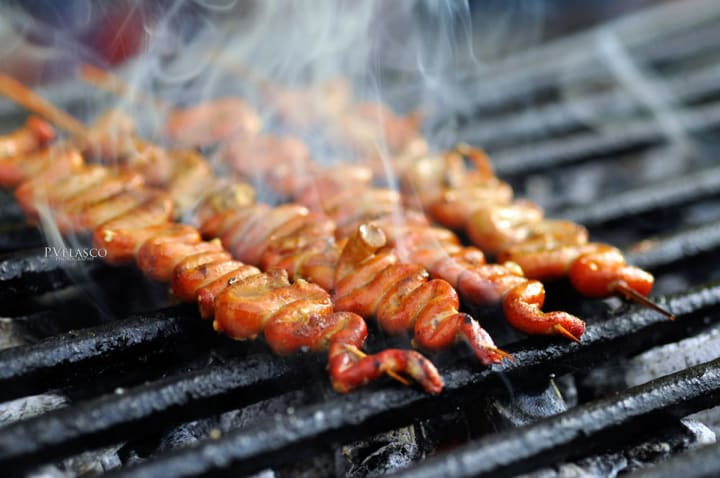
If you’re from the Western world, when you hear “Betamax” you probably envision a giant, black precursor to the VHS tape. But, if you’re from the Philippines you know that betamax is instead a skewered street food made from marinated, clotted chicken blood. What a treat! The humble origins of this dish come from the country’s economic crisis of the 1970s when low-income Filipinos were forced to find inventive ways to save money. “How can I make this myself?” you ask. Easy:
- Drain a chicken of its blood.
- Place said blood in an open container to cool and congeal into a gelatin.
- Season the gelatin using a barbecue or vinegar-based sauce, and sear on a hot grill.
- Finally, cut your treat into easy-to-eat cubed pieces—non-coincidentally, the shape of a Betamax tape—and served up to hungry eaters.
Shirasu (Japan)
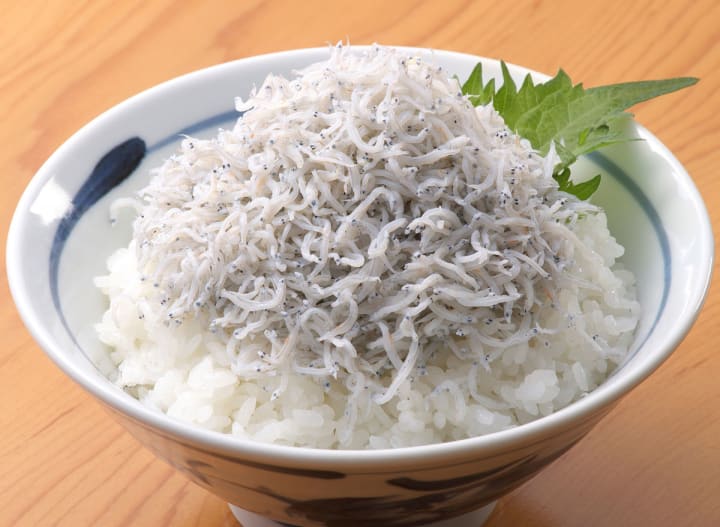
When it comes to food, Japan is famous for its attention to detail, valuing not only nutrition but also the artistry of cuisine. You should not be surprised, then, that one of their most interesting food delicacies is often lauded for its slightly salty scent, fluffy and soft texture, and hundreds of tiny eyeballs staring blankly into space. That’s right, shirasu is actually baby sardines, sand lances, or herring, and in this delicacy from Japan the juvenile fishes are served kettle cooked or raw in a giant clump atop a steaming bowl of rice. These calcium and protein rich, low fat fish go well with a bit of freshly grated ginger on top, paired with a cup of sake. The food is such a staple of Japanese cultural cuisine that it even comes in a baby food version.
Menudo (Mexico)

No, no, not the band. Menudo is a Mexican tripe stew made from cow’s stomach, cooked in a spicy, red chili pepper based broth, and garnished with toppings like lime, onion, cilantro, and oregano. Menudo has many aliases in the Hispanic world including mondongo (Venezuela), patasca (Peru), pancita (Mexico), and guatita (Ecuador). The most interesting aspect of this food delicacy, however, is its purported healing powers; It is said that a bowl of Menudo can cure even the most heinous hangover. Perhaps this is why the stew is celebrated all along the west coast of the US in annual festivals and cook offs from Santa Maria, California to Granger, Washington.
Liver Mush (United States)
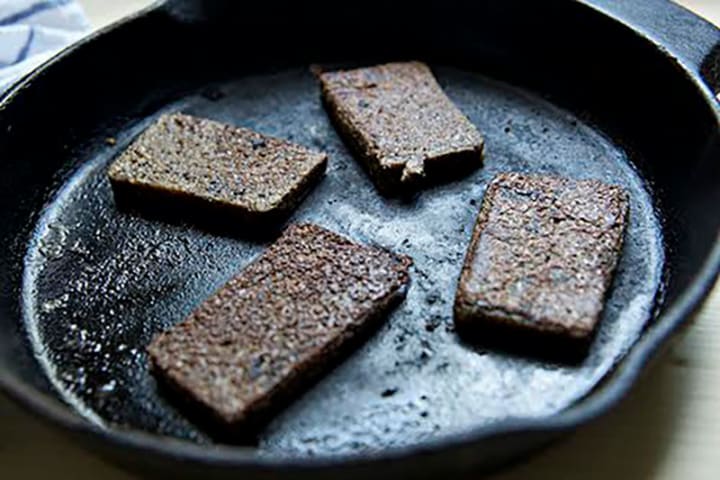
Originally made popular during the American Civil War when resources were scarce, liver mush has gained notoriety as a genuine delicacy and American classic of the modern age. Liver mush is made primarily from pig liver, but includes the meat of the pig’s head as well, which is plucked off after the whole head has been boiled to allow the meat to become tender and easy gather. The meats are combined with cornmeal and spices, packed into loaves, and cooked. Liver mush is traditionally served in slices which are then grilled or fried. Enjoy this low-hassle treat between two slices of bread, atop a pizza, or even baked into a chip! Or, you can make up your own new way to add an “interesting” twist to this most interesting food delicacy.
Hákarl (Iceland)
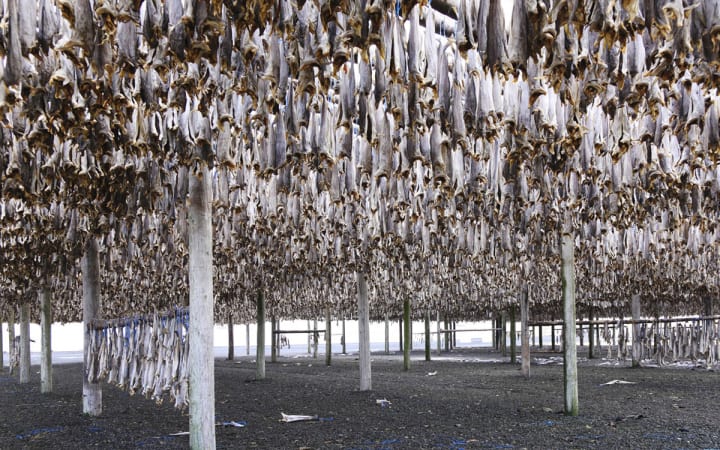
World-traveling chefs Andrew Zimmern and Anthony Bourdain might have described this dish as “some of the most horrific things I’ve ever breathed in my life” and “the single worst, most disgusting and terrible tasting thing,” but Icelanders are very passionate about their national dish, hákarl. But what’s not to love about a fermented, decomposing shark carcass that has a strong ammonia smell and very fishy taste? The rest of the world may malign this most interesting food delicacy, but Icelanders are quite proud of their ancestors for taking one of the only abundant food sources available to them and figuring out how to make the toxic meat safe to eat. If you dare, enjoy your hákarl like a native: Eat a small piece then quickly chase it with a shot of ice-cold brennivín (Iceland’s signature schnapps).
Cuy (Peru, Ecuador, Bolivia)
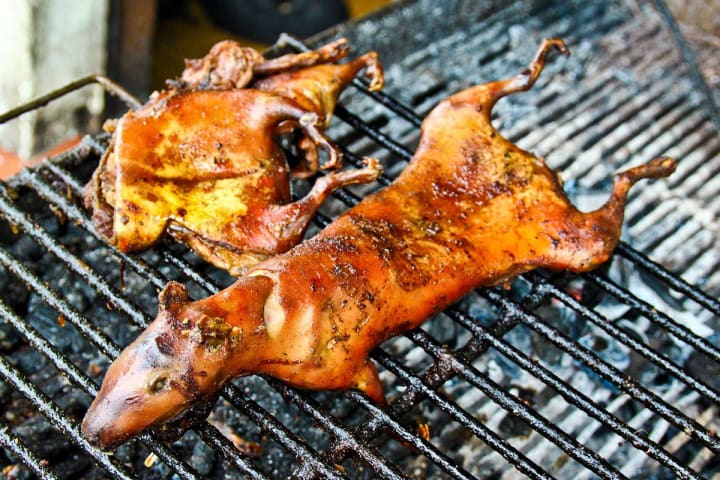
If you are looking to add a new high protein, cholesterol free, low fat meat option to your diet, look no further than Peru’s cuy, or roasted guinea pig. The Americas were scant on large meat animals like cows and pigs prior to their introduction by Europeans, but guinea pigs were plentiful, safe to eat, and easy—if tedious—to prepare. The taste of cuy is said to be similar to the dark meat of chicken or rabbit, and when dressed with the traditional spices of onion, garlic, cumin, salt and pepper, this entrée is sure to delight anyone’s taste buds. If you’re ever in South America and see this most interesting food delicacy slowly turning over a spit, be sure to stop and have a taste.
Grey Squirrel Pie (Britain)

Odd as it may sound, grey squirrel pie is experiencing a revival long after its heyday in the Victorian era. Apparently, Britain’s less aggressive red squirrels aren’t fit to compete with their grey cousins, so English chefs are helping the red squirrels evade extinction by baking up grey squirrels into pies. But don’t think that this is just a ploy—one can imagine hundreds of uneaten squirrel pies filling waste bins. Clamor for this interesting food delicacy is so high that some restaurants are unable to meet the demand. It is no wonder. Squirrel meat is often compared to wild rabbit or game; slow cooked with some vegetables and spices, it’s not hard to believe this dish is flying off of the shelves.
Salo (Ukraine)
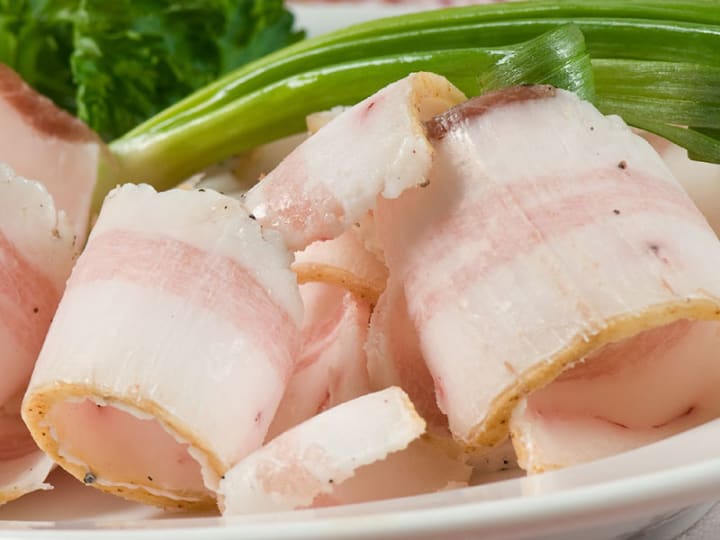
To an untrained eye, salo looks like bits of wax or a flaky cheese, but it is actually cold slabs of pork fatback, sliced and served with garlic, onions, and pickles, or lightly dusted with pepper. Not only is salo Ukraine’s national dish, it is so revered that it has an art museum dedicated to it where patrons can indulge in versions of the dish served up in intriguing and provocative shapes. The decadent treat is said to go especially well with a shot of vodka, which is only fitting for one of our world’s most interesting food delicacies!
About the Creator
Addison Lewis
Former Le Cordon Bleu student who traded in classes for a gourmet mac and cheese truck! Honk for gouda!






Comments
There are no comments for this story
Be the first to respond and start the conversation.